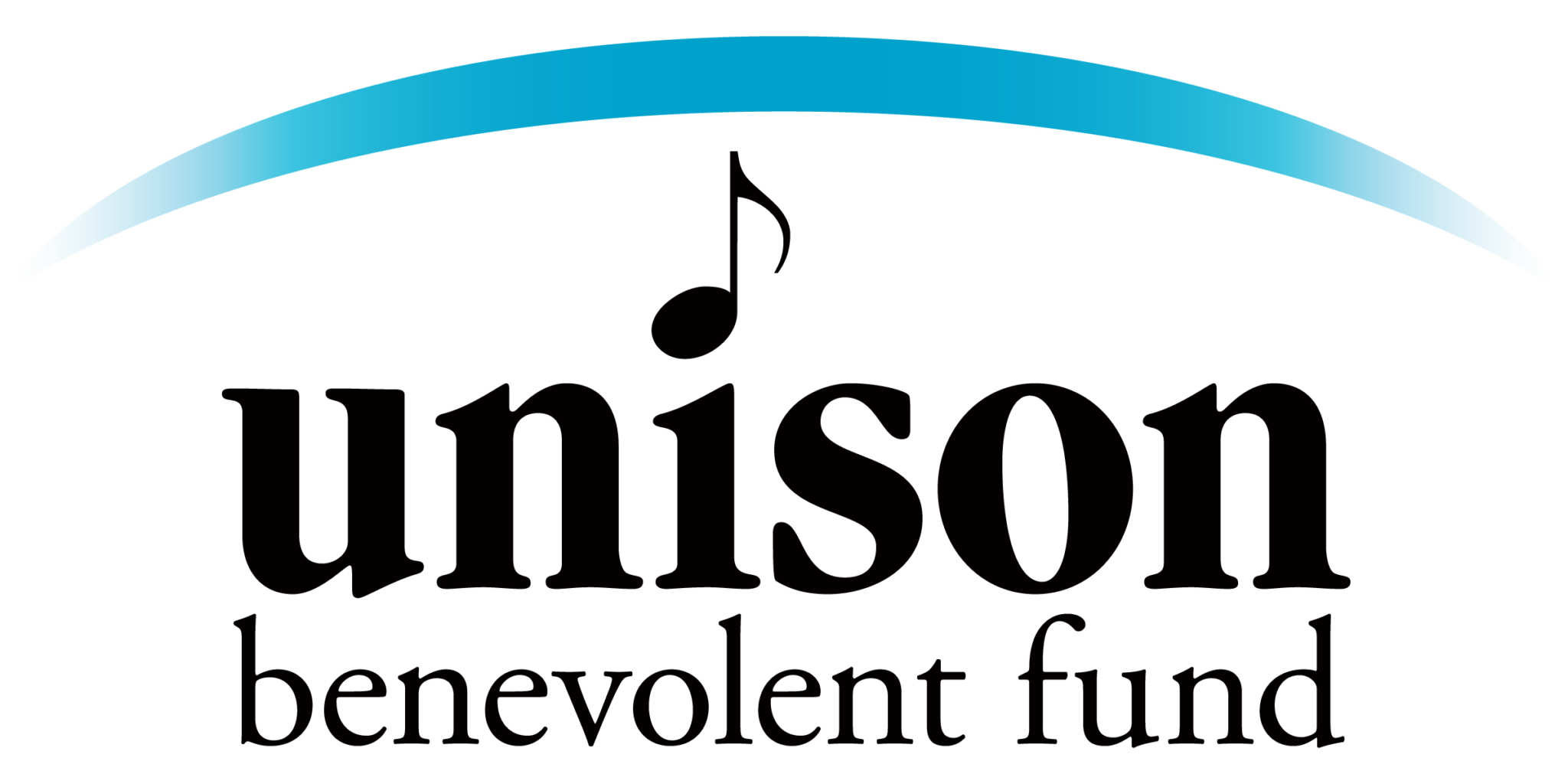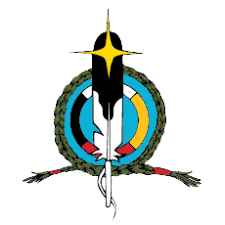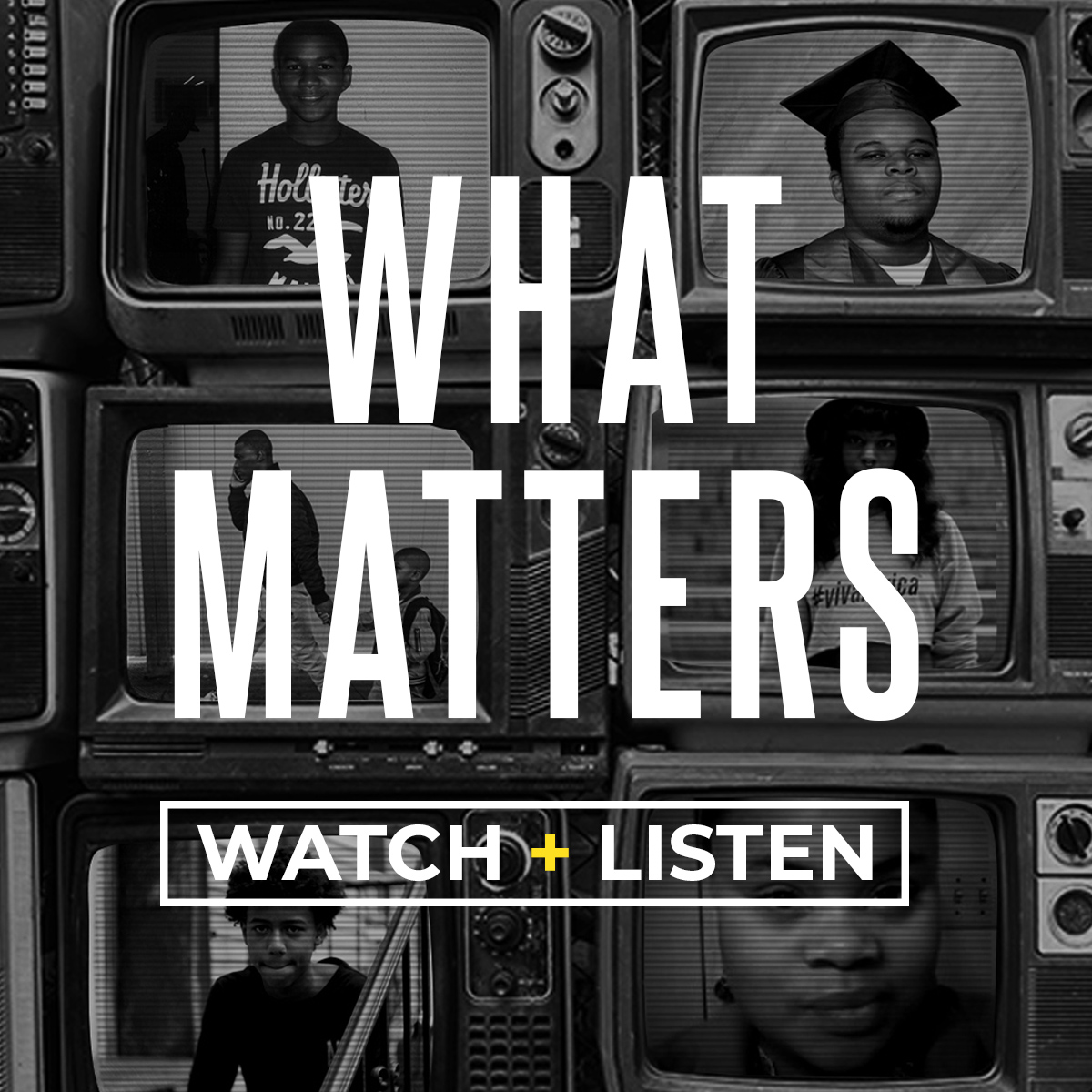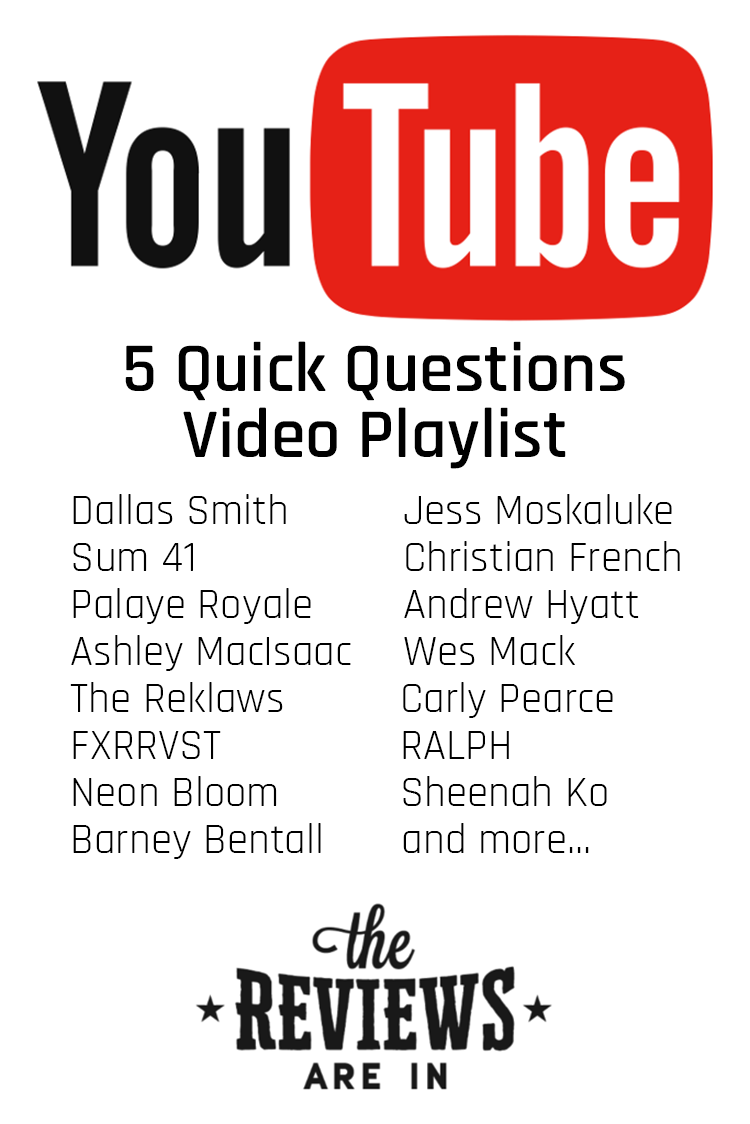Space Weather May Thwart NASA’s Plans
NASA has ambitious plans, such as that of returning humans to the moon by the year 2024. It was an unlikely mandate that Trump’s administration issued. Since then, under President Biden’s regime, there has not been any announcement of the change of that goal. It is expected that NASA will be given more breathing space, and the deadline will be extended to a later part of the decade.
Going to the moon might be reserved for special individuals, but people on earth can enjoy online entertainment easily. The space industry is booming, and the casino industry is no exception. Casinos are investing increasing amounts of money into their space-themed games and services. Casinos are not just adding new space-themed games, but they are also adding new ways to earn loyalty points for gamblers. The increased investment in this niche has a lot to do with the cultural significance of outer space and the adrenaline rush that gamblers experience when playing these games. Today most casinos online have space-themed free slots that anyone can dabble in, even without wagering real money. The thrill of gambling and winning money on slots is something that attracts many people to sign up for casino sites.
For those who love to follow NASA news, it is exciting to follow their plans for sending people to the moon in the near future. However, there are certain space weather concerns that NASA needs to take into account.
Space Weather and How It Can Thwart NASA’s Plans
A new study published recently in the journal, Solar Physics shows that there is a heightened risk of certain space weather elements that could interfere with space travel. This includes solar particles and radiation storms that are predicted to take place in the latter part of the ongoing decade. It is said to pose a danger to any crewed missions that NASA could be planning between the years 2026 and 2029. If NASA wishes to make its mission successful and ensure the safety of the astronauts, it would be prudent to make the trips happen before 2026. Or else, the trips could be planned for the next decade.
What Space Physicists Say
The aspect of space weather was often not taken into consideration when the space-age started. However, today space scientists realize that it plays an important role in space exploration as well as impacts the territories that astronauts land on to explore. Initial studies tended to look at space weather in a broader expanse. However, today there is much focus being given to it, specific to lunar exploration. Hence, findings are being put together to make a forecast as to what kind of space weather would come by in an 11-year cycle.
Weather in Space
When we talk of space weather, it is mainly the sun’s surface that is erupting with plasma and gas, which ejects charged particles into the solar system at the speed of millions of miles every hour. The charged particles consist of heavy ions, electrons and protons. The particles strike the moon and the earth within minutes. The magnetic field of the earth protects people from them. However, these can fry power grids and electronics on the surface as well as damage satellites that manage our telecommunication and GPS services.
Hence, with such weather conditions, astronauts who fly to the moon and try to live and work from lunar outposts would be risking much. Power can shut down, and so would life support systems. Solar activity is also known to produce radiation levels that can be life-threatening to humans. It is known that every 11 years, the magnetic field of the sun flips. That is, the north becomes the South Pole and vice versa. Solar activity also increases and diminishes accordingly. Many might think it is safer to make launches when solar activity is low, but at such times there is the risk of exposure to cosmic rays from other parts of the galaxy. That is, space radiation often comes from outside of our solar system.
Predictions to Make Space Travel Safer
Today space scientists are able to predict patterns in space weather which usually includes moderate and mild events. There is not much risk of such events for crewed missions. However, solar storms can come at random, which can pose threats to such travel. There were instances in the past, though rare. For instance, the Carrington event occurred in 1859. There had been low levels of solar activity recorded from before, which did not provide enough data to predict the impact of the same.
Today there have been many simulations created with enough data for researchers to determine what scenarios can happen as per the workings of the sun. Today it is obvious that a general pattern is followed during moderate weather conditions. Activities are higher when the solar maximum timeline is present. For instance, the current solar cycle started at the end of 2019. Maximum is expected to be reached by 2023 to 2029. However, extreme events trigger later in solar cycles with odd numbers than with even ones. And this current cycle is the 25th one. Hence, it is said that extreme weather elements in space would be higher during the period between 2026 and 2029.
With the above estimates, experts are of the view that a crewed mission is sent later, preferably in the next decade.
Writer/Photographer/Editor
Toronto Music Blogger
Space Weather May Thwart NASA’s Plans
By Trish Cassling
NASA has ambitious plans, such as that of returning humans to the moon by the year 2024. It was an unlikely mandate that Trump’s administration issued. Since then, under President Biden’s regime, there has not been any announcement of the change of that goal. It is expected that NASA will be given more breathing space, and the deadline will be extended to a later part of the decade.
Going to the moon might be reserved for special individuals, but people on earth can enjoy online entertainment easily. The space industry is booming, and the casino industry is no exception. Casinos are investing increasing amounts of money into their space-themed games and services. Casinos are not just adding new space-themed games, but they are also adding new ways to earn loyalty points for gamblers. The increased investment in this niche has a lot to do with the cultural significance of outer space and the adrenaline rush that gamblers experience when playing these games. Today most casinos online have space-themed free slots that anyone can dabble in, even without wagering real money. The thrill of gambling and winning money on slots is something that attracts many people to sign up for casino sites.
For those who love to follow NASA news, it is exciting to follow their plans for sending people to the moon in the near future. However, there are certain space weather concerns that NASA needs to take into account.
Space Weather and How It Can Thwart NASA’s Plans
A new study published recently in the journal, Solar Physics shows that there is a heightened risk of certain space weather elements that could interfere with space travel. This includes solar particles and radiation storms that are predicted to take place in the latter part of the ongoing decade. It is said to pose a danger to any crewed missions that NASA could be planning between the years 2026 and 2029. If NASA wishes to make its mission successful and ensure the safety of the astronauts, it would be prudent to make the trips happen before 2026. Or else, the trips could be planned for the next decade.
What Space Physicists Say
The aspect of space weather was often not taken into consideration when the space-age started. However, today space scientists realize that it plays an important role in space exploration as well as impacts the territories that astronauts land on to explore. Initial studies tended to look at space weather in a broader expanse. However, today there is much focus being given to it, specific to lunar exploration. Hence, findings are being put together to make a forecast as to what kind of space weather would come by in an 11-year cycle.
Weather in Space
When we talk of space weather, it is mainly the sun’s surface that is erupting with plasma and gas, which ejects charged particles into the solar system at the speed of millions of miles every hour. The charged particles consist of heavy ions, electrons and protons. The particles strike the moon and the earth within minutes. The magnetic field of the earth protects people from them. However, these can fry power grids and electronics on the surface as well as damage satellites that manage our telecommunication and GPS services.
Hence, with such weather conditions, astronauts who fly to the moon and try to live and work from lunar outposts would be risking much. Power can shut down, and so would life support systems. Solar activity is also known to produce radiation levels that can be life-threatening to humans. It is known that every 11 years, the magnetic field of the sun flips. That is, the north becomes the South Pole and vice versa. Solar activity also increases and diminishes accordingly. Many might think it is safer to make launches when solar activity is low, but at such times there is the risk of exposure to cosmic rays from other parts of the galaxy. That is, space radiation often comes from outside of our solar system.
Predictions to Make Space Travel Safer
Today space scientists are able to predict patterns in space weather which usually includes moderate and mild events. There is not much risk of such events for crewed missions. However, solar storms can come at random, which can pose threats to such travel. There were instances in the past, though rare. For instance, the Carrington event occurred in 1859. There had been low levels of solar activity recorded from before, which did not provide enough data to predict the impact of the same.
Today there have been many simulations created with enough data for researchers to determine what scenarios can happen as per the workings of the sun. Today it is obvious that a general pattern is followed during moderate weather conditions. Activities are higher when the solar maximum timeline is present. For instance, the current solar cycle started at the end of 2019. Maximum is expected to be reached by 2023 to 2029. However, extreme events trigger later in solar cycles with odd numbers than with even ones. And this current cycle is the 25th one. Hence, it is said that extreme weather elements in space would be higher during the period between 2026 and 2029.
With the above estimates, experts are of the view that a crewed mission is sent later, preferably in the next decade.
Writer/Photographer/Editor
Toronto Music Blogger
















